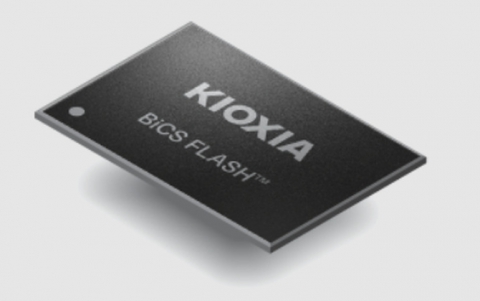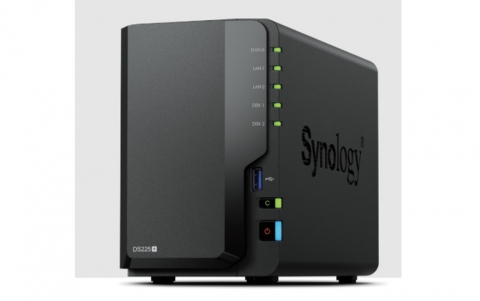
iPhone Component Suppliers Under Pressure As Apple Moves To Become More Independent
Makers of parts such as semiconductors, displays and camera modules used in Apple's iPhones are concerned about Apple's move to become more self-sufficient when it comes to the components used in iPhones.
For now semiconductors, displays and camera modules made by South Korean companies will be used in the upcoming iPhones set for launch in the second half of the year, so the domestic industry is enjoying increased demand from Apple.
However, industry watchers point out that the situation might change in the future, and the iPhone 9.
According to media reports, Apple will begin mass production of micro-LED displays at the Taoyuan plant in Taiwan strarting from the end of this year. Micro-LEDs will be used in the Apple Watch 3. These displays have are thinner and lighter than OLEDs, and measure just 5 to 10 micrometers.
In 2014, Apple acquired U.S.-based LuxVue, a micro-LED display developer. SInce then the company has been developing the micro-LED technology and is preparing for mass production.
Using its own micro-LED displays on the Apple Watch 3 would be a blow for LG Display, which has been the exclusive supplier of OLEDs for Apple's smartwatches. Considering the relatively low sales of the Apple Watches, the damage for LG Display would be relatively low. However, the problem would become bigger when Apple decide to use micro-LED displays on its smartphones as well.
Apple will use an OLED panel on the iPhone 8 to be launched in the second half of this year. These panels will be made by Samsung Display. But in the future, Apple is likely to also use OLED panels produced by China's BOE and China Star.
Samsung Electronics' and SK Hynix's supplies of DRAM and NAND flash memory chips to Apple's iPhones are also under threat. Apple has joined hands with Foxconn and Sharp to acquire Toshiba's memory business unit. As it offered an unbelievably high price of 30 trillion won (US$26.27 billion) for the unit, Apple has become a potential buyer. Apple plans to establish a stable NAND flash supply chain and strengthen the price competitiveness by taking over Toshiba. Bloomberg had reported that Apple is developing its own power management chips, which have been supplied from Dialog Semiconductor, and has 80 engineers in the unit in order to use them on its iPhone to be released in 2019. In addition, Apple announced that it will develop its own graphics processing unit (GPU) and will no longer use the graphics chips designed by Imagination Technologies. Following the news, the British company lost about two-thirds of its market value.
South Korea's LG Innotek has been th esupplier of dual camera modules for the iPhone 8. But some express concerns that even LG Innotek could have trouble as Apple develops its own parts and diversifies suppliers. LG Innotek's poor performance last year was largely due to the decrease in camera module sales as sales of iPhones dropped. Apple accounts for 70 percent of the company's sales of camera modules.
Dialog Semiconductor PLC, Synaptics Inc and Cirrus Logic Inc are also vulnerable to Apple's supply chain whims and demands, analysts have said.
Component supplier Avnet stopped working with Apple because the relationship was squeezing its profit margins too much.
Apple has doubled the research and development spending as a percentage of revenue during the last five years, an increase Apple's chief financial officer Luca Maestri attributed to new product categories and the development of more underlying technology.
Semiconductor research is among the most expensive in the technology industry, often exceeding 18 percent of revenue. Apple spends 4.7 percent of its income on research and development, up from 2.2 percent in 2012.
Semiconductors account for about one-third of iPhone manufacturing costs.





















